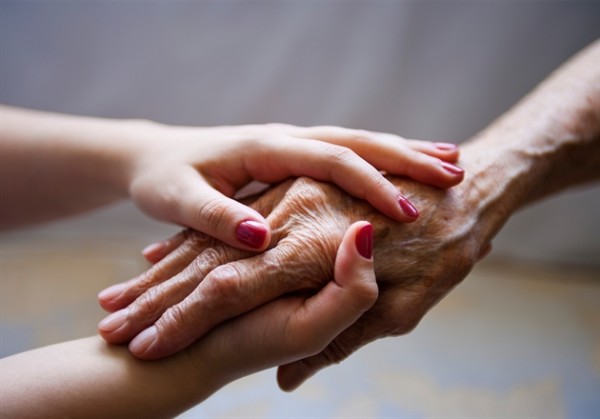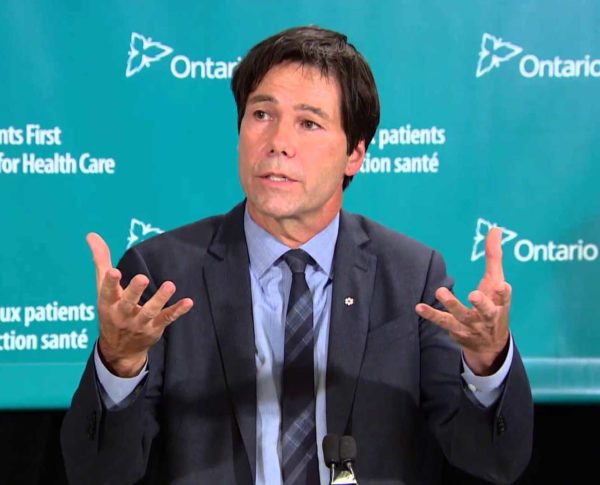
Photo Credit: ehospice.com
While everybody has been debating about the pros and cons of the proposed Bill C-14 on the right to die in Canada, another important topic is being sidelined – the access to and the quality of palliative care.
Specialists believe that there is too much fear surrounding discussions about end-of-life care. They said it is not about what happens when all treatments have failed, but a team of people – such as doctors, nurses, social workers and others – helping make sure Canadians have what they need to continue fighting while relieving the severity of symptoms and improving quality of life. According to palliative care experts, part of the challenge is that there will be legislation around the right to assisted death but there is neither legislation nor enough clinicians to adequately provide end-of-life care across Canada.
Dr. Jeff Myers, the head of Palliative Care at Sunnybrook Health Sciences Centre in Toronto, believes end-of-life care should be provided by family doctors, specialists and many other health care professionals who are already treating people for disease. This includes basic symptom management, emotional and mental health support, and the ability to discuss advance care planning and goals of care. He said then we can be certain that people are making assisted dying requests having had access to the full spectrum of care, regardless of how long they have left to live and regardless of what challenging conditions they are living with.
Another end-of-life care expert, Harvey Max Chochinov, who is Canada Research Chair in Palliative Care and Director of the Manitoba Palliative Care Research Unit, wrote in The Toronto Star last year that despite the impressive strides that palliative care has taken, physicians have been taught less about pain management than those graduating from veterinary medicine. Once in practice, most physicians have knowledge deficiencies that can significantly impair their ability to manage cancer pain. Doctors are also not generally well-trained to engage in end-of-life conversations, meaning that goals of care often remain unclear; and patients may not receive the care they want or the opportunity to live out their final days in the place they would want to die.
According to Professor Chochinov, it is unfortunate that for 70 to 80 percent of Canadians, palliative care is not available and, therefore, not a real choice. It is concerning that we might become a country that extends patients the right to a hastened death, but offers no legislative guarantees or assurances that they will be well looked after until they die.
Palliative care doctors are urging the Canadian government to improve and standardize end-of-life care across the country. According to Dr. David Henderson, President of the Canadian Society of Palliative Care Physicians, there is a lack of palliative care service and it is unevenly distributed. In Canada, the federal government provides guidelines on health services and funding, but the provinces and territories manage them. Palliative care doctors would like to see one body set up to decide what are best practices in end-of-life care, how to mobilize them and set standards, and to collect data. Dr. Henderson said there needs to be palliative care training for new doctors and other health care workers as well as upgrading of skills for those already practicing. Fewer Canadians might opt for doctor-assisted death if palliative care services were improved.
Dr. Henderson also recently co-wrote in a Globe and Mail op-ed article with Dr. Susan MacDonald, Past President of the Canadian Society of Palliative Care Physicians, that while Bill C-14 is in the process of becoming law, palliative care units in Ontario are closing due to funding cuts, and there is no law on the table about the right to end-of-life care. Tragically, many people die at home, with no access to palliative care supports such as home care nursing or visits from a family doctor or, when needed, a palliative care team.
The two doctors strongly advocated that now is the time for a national palliative-care program. “Dying is a part of life,” they said. “We should not let our incomes, our postal codes or our family support networks determine how well or how poorly we die. We need to think about this, discuss it – and fix it. The time is right to insist that our health ministers address this issue in Canada’s new health accord.”
Too much focus has been placed on the June 6 deadline for passing Bill C-14, but not enough discussions have been made on understanding the urgency of universal access to quality palliative care in Canada. As the nation debates its response to the court’s decision, it is, perhaps, equally important for federal and provincial governments to make sizable investments in hospice and palliative care in order to offer patients and families choices that are fair, compassionate and real.



























